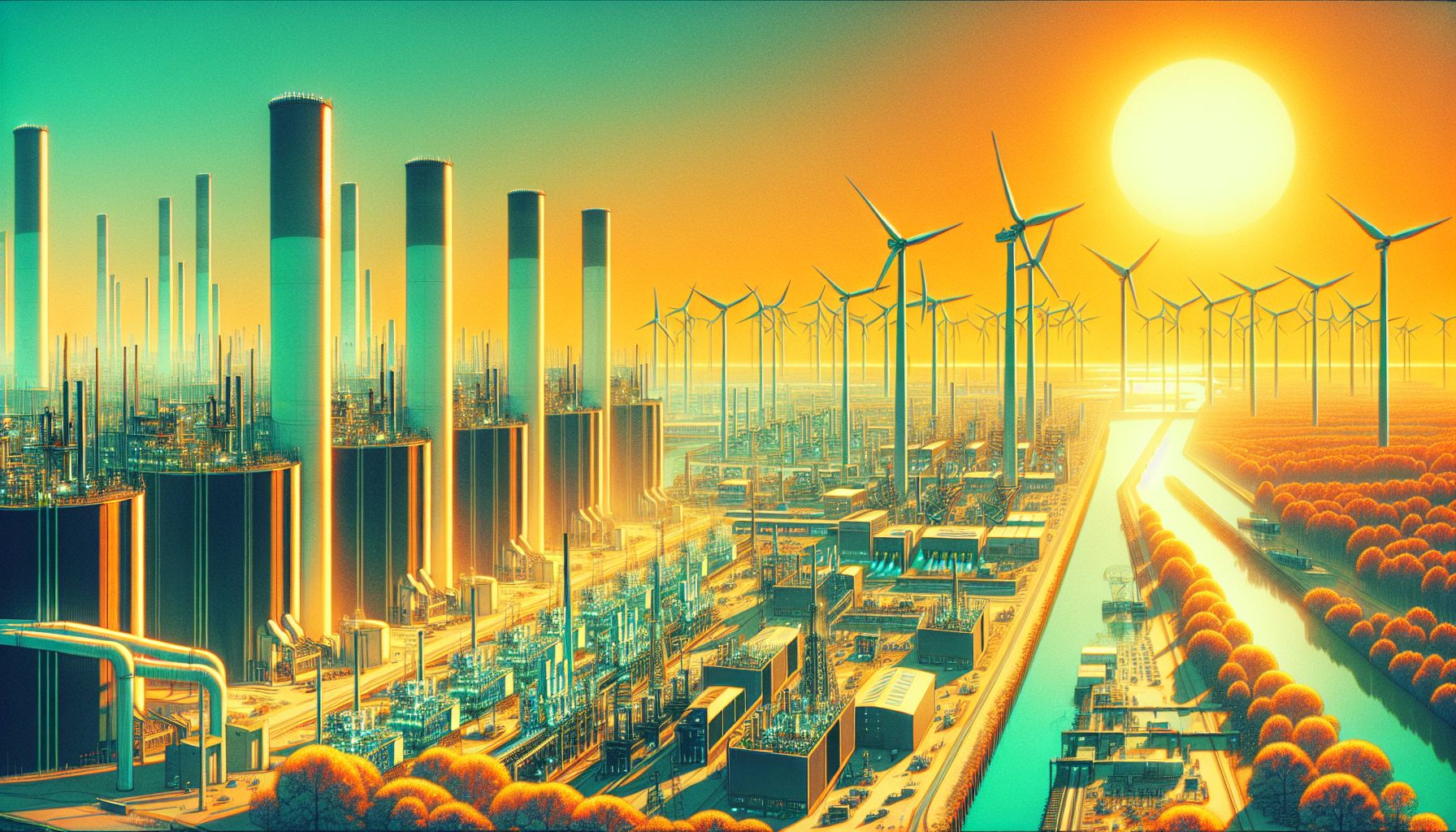VoltH2 Advances Green Hydrogen Plants Near Belgian Border

VoltH2 is developing three green hydrogen plants, with two near the Belgian border in Vlissingen and Terneuzen, expected to produce 5,000 tons annually by late 2027.
Strategic Collaborations and Milestones
VoltH2, a prominent European energy company, has partnered with the architectural and engineering consultancy Sweco to advance the development of these pioneering green hydrogen plants. The collaboration focuses on leveraging Sweco’s expertise in local legislation and technical know-how, ensuring the projects adhere to stringent environmental and technical standards. This partnership, which dates back to 2021, has been instrumental in securing the necessary permits and subsidies crucial for the project’s success[1][2].
Innovative Approaches to Production
The green hydrogen plants in Vlissingen and Terneuzen are part of a broader strategy by VoltH2 to create smaller, more agile production facilities that can quickly deliver green hydrogen to local industries. This approach contrasts with the development of larger plants, which often face longer lead times before becoming operational. By the second half of 2027, these plants are expected to produce approximately 5,000 tons of green hydrogen annually, contributing significantly to the decarbonization of energy-intensive sectors such as chemicals, steel, and cement production[1][3].
Technological and Environmental Impact
Green hydrogen, produced through electrolysis powered by renewable energy sources, is seen as a key driver in the transition to a carbon-neutral future. The process of electrolysis splits water into hydrogen and oxygen, resulting in zero carbon emissions, making it a critical technology for reducing the carbon footprint of industrial processes. The planned plants in Vlissingen and Terneuzen will not only supply local industries but also pave the way for broader adoption of green hydrogen in Europe[4][5].
Challenges and Future Prospects
Despite the promising outlook, the production of green hydrogen in the Netherlands faces several challenges, including high production costs. A study by TNO revealed that the cost of producing green hydrogen could exceed €13 per kilogram, driven by rising electricity prices and network fees. Nevertheless, there is significant potential for cost reduction through technological advancements, standardization, and economies of scale. The collaboration between VoltH2 and Sweco aims to address these challenges by developing efficient, cost-effective production methods and infrastructure[6][7].
Conclusion: A Step Towards a Sustainable Future
The development of green hydrogen plants by VoltH2 near the Belgian border represents a significant step towards a more sustainable energy landscape. By producing 5,000 tons of green hydrogen annually by 2027, these plants will contribute to the decarbonization of critical industrial sectors and support the European Union’s climate goals. The partnership with Sweco underscores the importance of collaboration in achieving these ambitious targets and highlights the potential for green hydrogen to become a cornerstone of the global energy transition[1][2][3].
Bronnen
- ecotips.org
- www.bouwenwonen.net
- www.globalhydrogenreview.com
- ca.marketscreener.com
- innovationorigins.com
- www.technologyreview.com

